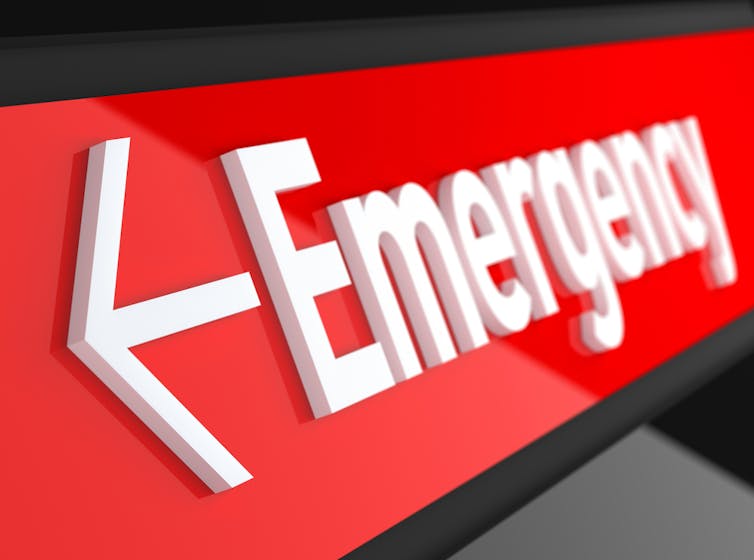
Some Australians will be paying less for prescription medicines from January, in a move announced this week and designed to ease cost-of-living pressures.
Prime Minister Anthony Albanese said the maximum price of Pharmaceutical Benefits Scheme (PBS) medicines would drop from A$42.50 to $30, at a cost to taxpayers of $765.3 million.
There is no reduction for concession-card holders, who will continue to pay up to $6.80.
Cutting the cost of medicines this way is a welcome move. But the government has missed a chance to better target cost cuts to certain patient groups, for specific medical conditions and for generic drugs.
Australians are going without medicines
Australians are currently paying more for their prescription medicines than some similar countries, including the United Kingdom, Germany, the Netherlands and New Zealand.
And we know many Australians can’t afford to fill their scripts.
Just under 7% of older Australians said they didn’t buy their prescribed medications because they were too expensive, a higher proportion than other similar countries. For the UK, this figure was about 3%, in New Zealand it was just under 5%.
This is a problem because people who cannot afford to buy essential medicines have worse health and higher mortality. Forgoing medicines may also lead to more health costs in the future, as conditions go untreated and complications arise, leading to emergency care and hospital visits.
So reducing the price of prescription medicines, as announced this week, will mean more people will be able to afford them, with the health and other benefits this brings.
Can we better target the price cuts?
People who cannot afford to fill their scripts are more likely to have a below-average income, be Indigenous, be adults under 65, and have little input in decisions about their medical treatment. A high price for medicine at the pharmacy (known as a co-payment) is another big factor.
So other countries use a variety of strategies to make it easier for people to afford to fill their scripts. These include:
reducing the price of medicines (reducing the co-payment)
varying the co-payment by patient characteristic (for instance, income, age and health needs)
promoting the discussion of medicines and their costs between providers (such as doctors, pharmacists) and patients.
Australia already has different co-payments – one for general patients and a much lower one for concession-card holders.
There is no firm evidence concession-card holders are forgoing medicines at a different rate to the general population because of costs. So, it makes sense to target any price cuts to the general population, with its higher co-payment.

But there are ways of lowering the co-payment for certain medicines, in particular those that control life-threatening conditions and prevent hospitalisation.
These medicines include those used to treat asthma, severe mental disorders (such as severe depression, schizophrenia, bipolar disorder), heart diseases and diabetes.
The government could consider lowering the co-payment for these medicines, especially for people with multiple chronic conditions and on lower incomes.
Read more: What is the PBS safety net and is it really the best way to cut the cost of medicines?
What else could we do?
This latest announcement only affects medicines costing more than $42.50. The patient pays this co-payment and the government covers the rest. But these accounted for only 70% of PBS drugs dispensed in 2020–21.
A total of 30% of PBS subsidised medicines are cheaper than the co-payment, so the patient pays the full cost.
Most of these cheaper drugs are generic drugs – ones no longer under patent protection. So lowering the co-payment will unlikely affect the cost of these.
If we were hoping to cut the cost of medicines even further, we need to target these generic drugs, which Australians generally pay more for than people in countries including Canada, New Zealand, Japan and many member states of the European Union.
One reason is these countries set a price for each generic drug by using the best price obtained by other comparable countries. If Australia adopted this international benchmarking pricing, we could be saving even more at the pharmacy.
Read more: Explainer: what is Medicare and how does it work?
Yuting Zhang receives funding from Australian Research Council, Department of Veterans' Affairs, the Victorian Department of Health, and National Health and Medical Research Council. In the past, Professor Zhang has received funding from several US institutes including the US National Institutes of Health, Commonwealth fund, Agency for Healthcare Research and Quality, and Robert Wood Johnson Foundation.
This article was originally published on The Conversation. Read the original article.







